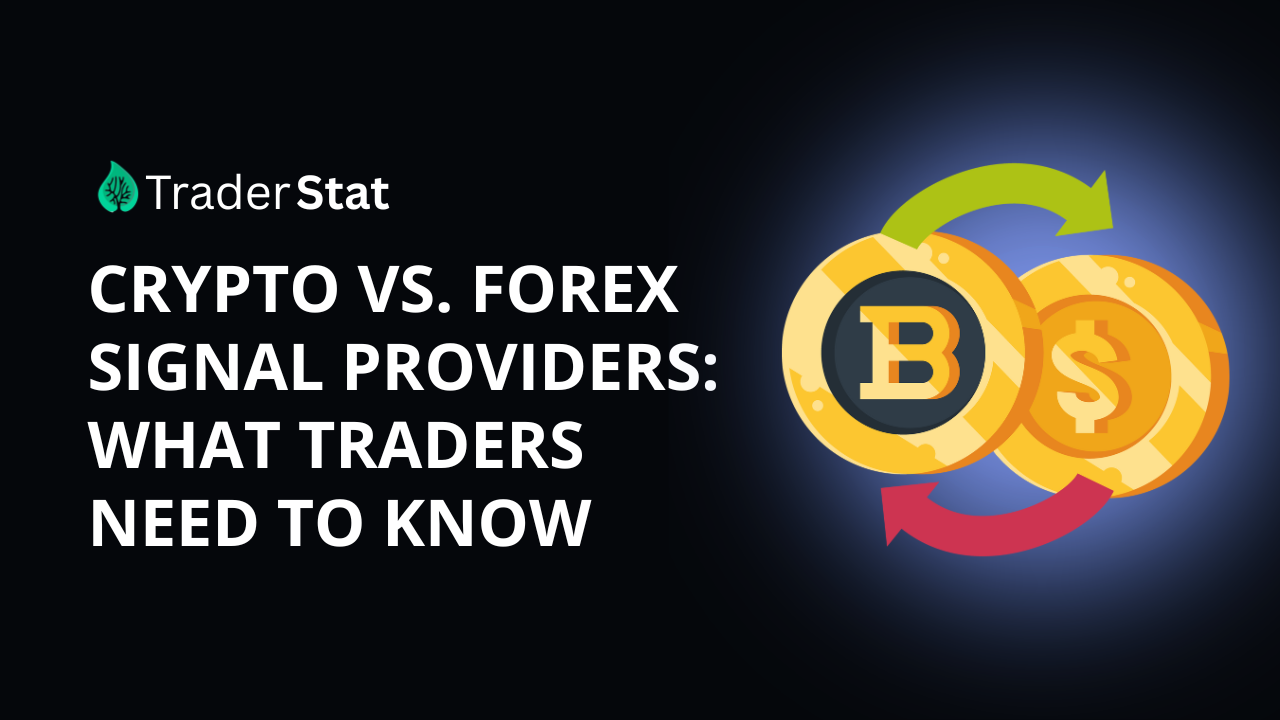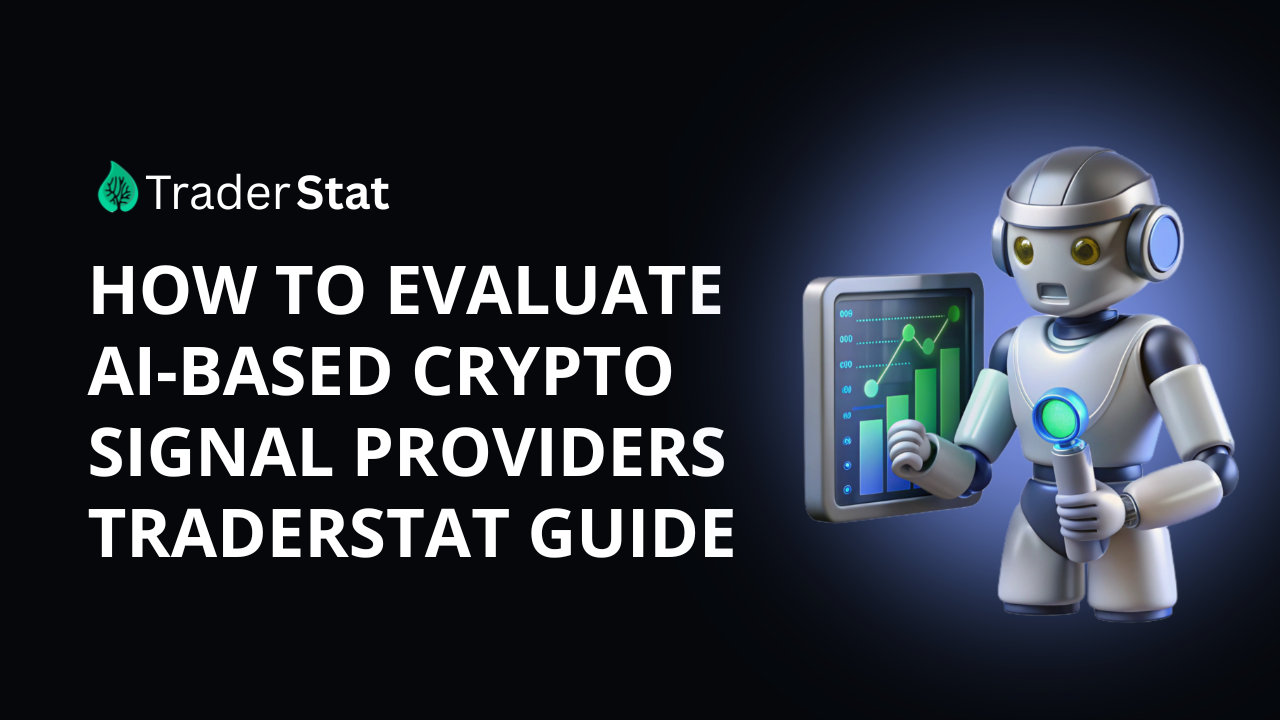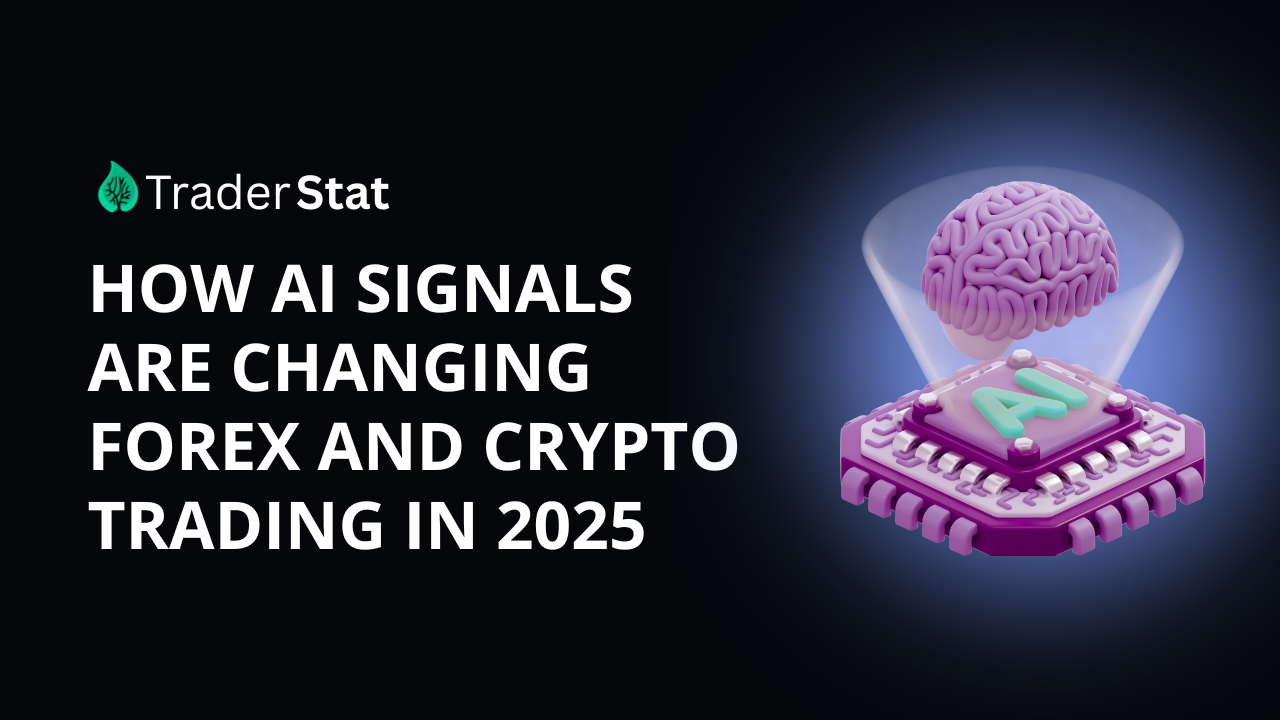
Crypto Vs. Forex Signal Providers: What Traders Need To Know
🔍 Introduction: Why Signal Providers Matter
In financial trading, timing and information are everything. Whether you’re a newcomer or an experienced trader, signal providers can offer a vital edge. These services deliver alerts based on market analysis, suggesting optimal entry and exit points for trades.
As trading becomes more accessible worldwide, both cryptocurrency and forex markets have seen explosive growth. But while they share some characteristics, the two environments—and the signal providers that serve them—are fundamentally different. This article explores those differences to help you understand which type of signal provider best suits your goals.
🌐 Market Characteristics: Volatility vs. Stability
Understanding the landscape where signals are generated is the first step toward using them effectively.
💸 Crypto Market Overview
-
Decentralized and Global: No central authority; anyone can trade from anywhere.
-
24/7 Trading: The market never sleeps, which means non-stop opportunities and risks.
-
Volatility as Norm: It’s common to see daily price changes exceeding 10%.
-
Tech-Driven: Sentiment reacts quickly to upgrades, innovations, and social media trends.

💱 Forex Market Overview
-
Centralized Influence: Central banks, governments, and financial institutions steer market movements.
-
Structured Trading Hours: Operates 24 hours on weekdays, aligning with global trading sessions.
-
Stable Liquidity: Major pairs offer smoother trends and tighter spreads.
-
Economic Backbone: Driven by fundamentals like GDP, interest rates, and employment data.
📌 Takeaway: Crypto’s speed and volatility attract short-term traders, while forex offers structure and predictability for those who thrive on macro trends.
🧠 Signal Generation and Analysis: The Tools Behind the Trades
Signal providers rely on a mix of technical and/or fundamental data to identify profitable trade setups.
📈 Crypto Signal Providers
-
Technical Tools: Indicators like RSI, moving averages, MACD, and Bollinger Bands are commonly used.
-
On-Chain Metrics: Track large wallet movements, network activity, token burns, and miner flows.
-
Sentiment Monitoring: Public sentiment from social media or forums can trigger signals or act as confirmation.
📊 Forex Signal Providers
-
Chart-Based Analysis: Use price action and common indicators to analyze patterns.
-
Fundamental Insight: Watch economic reports, rate decisions, and global news to forecast currency moves.
-
Scheduled Signals: Often published around high-impact events like Non-Farm Payrolls or central bank meetings.
⚙️ Each market demands a unique blend of tools. Crypto’s unpredictability means real-time flexibility is critical, while forex signals often require deep economic understanding and event timing.

⚠️ Risk and Volatility: Navigating Uncertainty
No signal system is immune to risk—but understanding the nature of that risk helps traders manage it wisely.
🚀 Crypto Trading Risks
-
Extreme Swings: Overnight 20% losses or gains are possible.
-
FOMO/FUD Cycles: Emotions and hype can distort rational decision-making.
-
Security Threats: Hacks, rug pulls, or exchange failures are real concerns.
📉 Forex Trading Risks
-
Leverage Exposure: Leverage up to 100:1 can magnify even small losses.
-
News Shock: One unexpected rate change can flip market direction.
-
Gap Risk: Prices may jump during off-hours or major announcements.
💡 Risk-aware traders look for signals with clear stop-loss and take-profit levels. Tools like trade size calculators, risk-reward ratios, and volatility filters are crucial for long-term success in both markets.

📚 Accessibility and Learning Curve: Who Are These Markets For?
Different types of traders gravitate toward each market based on personal interests, tech familiarity, and learning styles.
🔐 Crypto Trading
-
Digital-Native Environment: Most traders are comfortable with wallets, DeFi, and mobile-first platforms.
-
Information Overload: The ecosystem moves quickly—understanding protocol updates or tokenomics is part of the game.
-
Community-Centric: Telegram, Twitter, and Discord are common channels for signals and discussion.
🏦 Forex Trading
-
Established Infrastructure: Traditional brokers, regulated platforms, and structured education paths are the norm.
-
Technical Jargon: Concepts like “pips,” “lots,” and “margin calls” require orientation but become intuitive over time.
-
Professional Support: Access to economic calendars, market research, and demo accounts helps with onboarding.
📘 Both markets benefit from strong educational content, visual tools, and performance tracking to help traders learn and grow.

💵 Cost and Subscription Models: What's the Price of a Signal?
The cost and business model of signal providers vary significantly between the two markets.
🧑💻 Crypto Signal Providers
-
Subscription-Based Groups: Many use Telegram or Discord and charge monthly or lifetime access fees.
-
Decentralized Offerings: Some operate anonymously, making quality verification difficult.
-
Scams Still Exist: Fake ROI screenshots and inflated win rates are common among unverified providers.
🧾 Forex Signal Providers
-
Broker-Integrated Offers: Some signals are provided free if you use a linked broker.
-
Premium Services: Professional providers often charge monthly, with detailed strategies and risk assessments.
-
More Transparency: Reputable providers offer track records or verified results via third-party tools.
💬 Traders should look for performance history, clear entry/exit levels, and feedback from real users—regardless of which market they’re in.

🧭 Conclusion: Finding the Right Signal Provider for You
At their core, both crypto and forex signal providers aim to do the same thing: simplify decision-making and improve trading results. Yet the tools, risk profiles, and expectations between the two are vastly different.
Crypto signals thrive in fast-paced, sentiment-driven environments with wide price swings and non-stop markets. Forex signals cater to traders who prefer structured analysis, economic context, and tighter volatility.
🎯 The best choice depends on your risk tolerance, strategy, and how involved you want to be in the process.
Whether you're exploring crypto, diving into forex, or managing both, focus on providers who offer transparency, consistent performance, and clear educational support. Taking time to evaluate signal services based on verified results—rather than marketing hype—can make all the difference in your trading journey.



